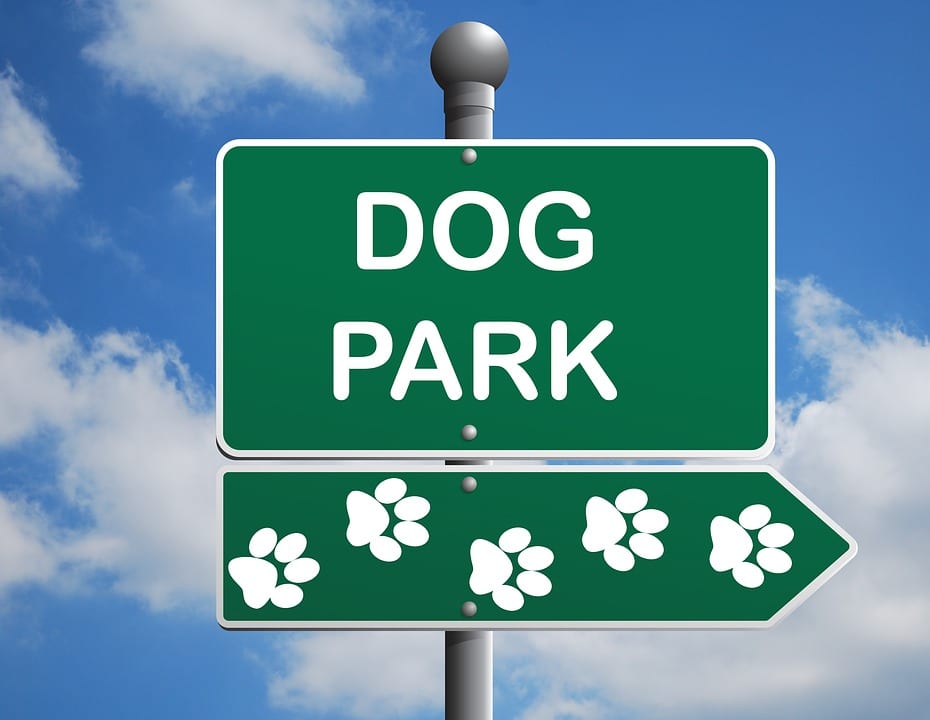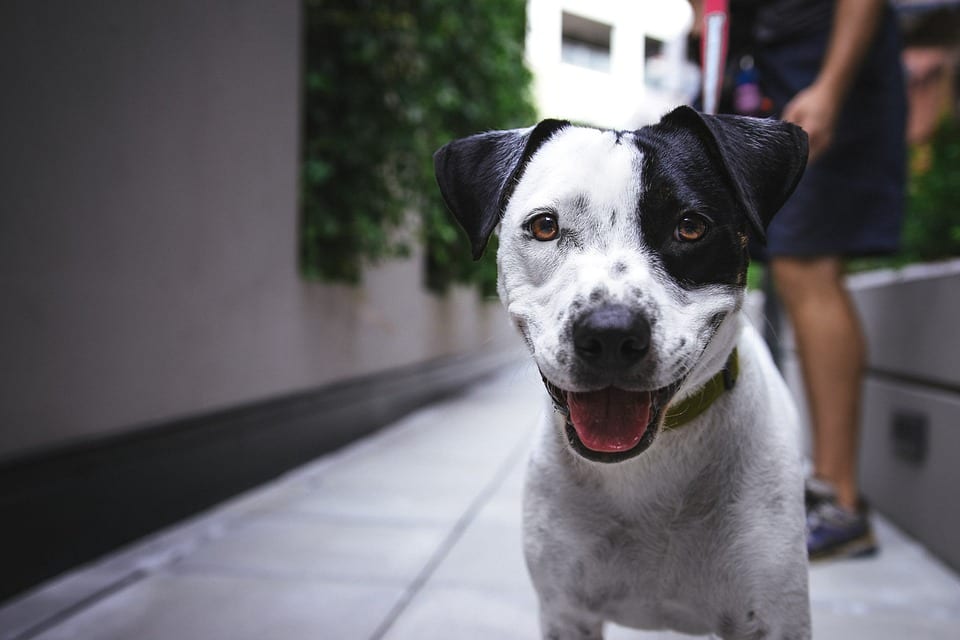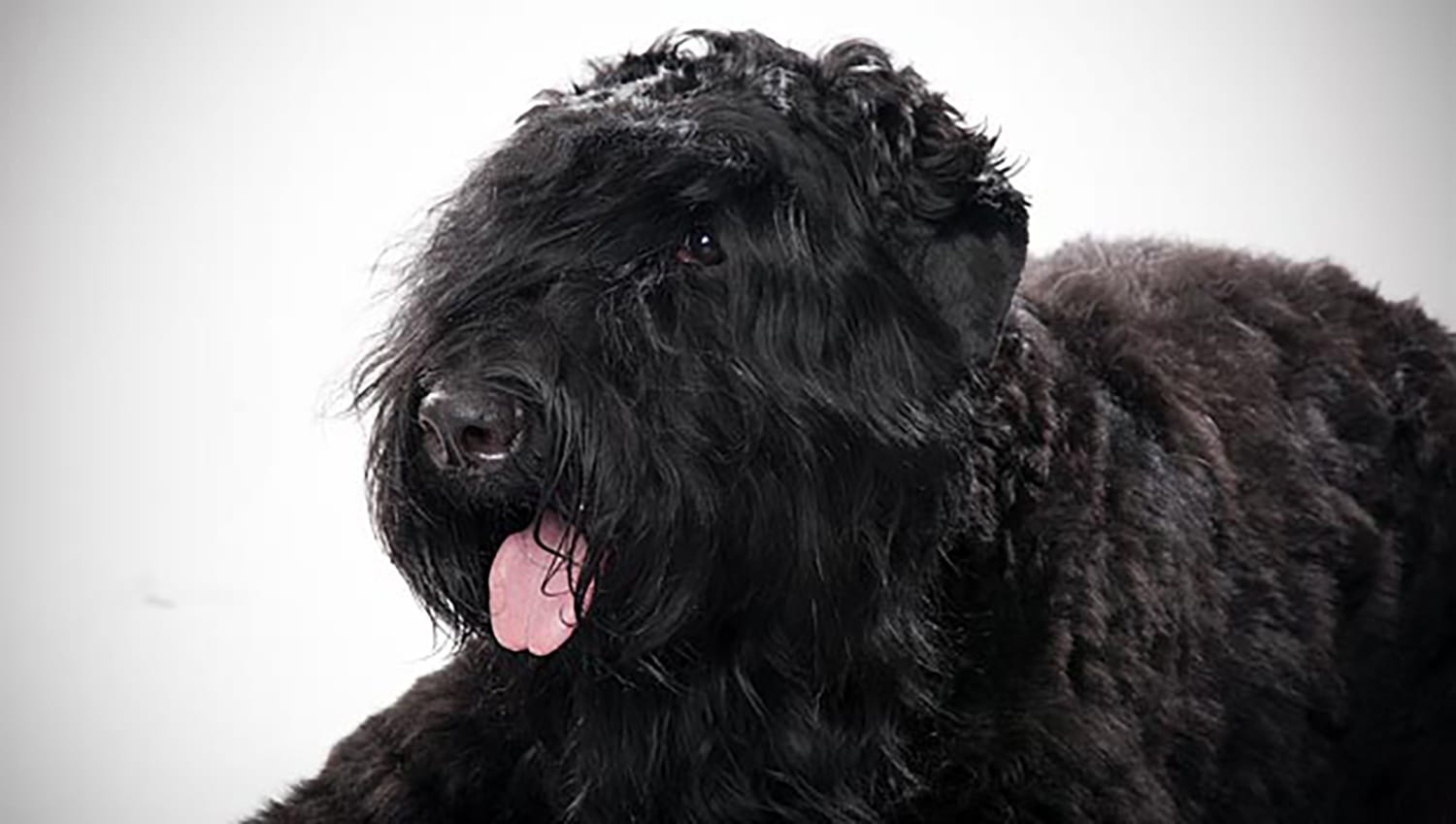 As I have indicated I am a lucky person as I get to spend time with hundreds of dog owners and with the dogs. I constantly am told how they take their dogs out for walks. In our immediate area here in the Laughlin – Bullhead City area many times the discussion turns to taking their dogs to the river and to the Dog Park. Many times I am asked my thoughts on Dog Parks, well here goes. Depending on how much experience you have with dogs, you may or may not realize that not every canine companion loves to mix and mingle with others of his species at places like dog parks.
As I have indicated I am a lucky person as I get to spend time with hundreds of dog owners and with the dogs. I constantly am told how they take their dogs out for walks. In our immediate area here in the Laughlin – Bullhead City area many times the discussion turns to taking their dogs to the river and to the Dog Park. Many times I am asked my thoughts on Dog Parks, well here goes. Depending on how much experience you have with dogs, you may or may not realize that not every canine companion loves to mix and mingle with others of his species at places like dog parks.
But because dogs are social animals and in the wild tend to live in social group units, many people are convinced that every single dog on the planet lives to be around other dogs, and further, there’s something “wrong” with dogs who don’t. This just isn’t true, and if you have a furry family member who’s less than enthusiastic about being with his own kind, it’s never a good idea to force the issue, as it will only cause him to feel even more uncomfortable.
If at the Dog Park your pet hangs back, unwilling or hesitant to join other dogs at play, there’s probably a good reason, consider the following possibilities from your dog’s point of view:
Park layout — Dog parks that are too small for the number of dogs using them, as well as parks that don’t have separate fenced areas for big and little dogs may make your pet less likely to enjoy her time there. A crowded park with dogs of all sizes in one area can lead to a whole host of scary scenarios, especially if you have a small dog trying to hold her own among much larger animals.
Other dogs behaving badly — Dog parks filled with dominant, inappropriate or aggressive dogs can be intimidating for a balanced dog who just wants to run around without being bullied. And since some pet owners can be as ill-behaved as their dogs, or oblivious, problems can develop and escalate very quickly.
Lack of adequate socialization — Dogs who weren’t properly socialized as puppies can easily feel overwhelmed in a group of playful dogs. If your pet wasn’t exposed to normal dog-to-dog interactions as part of her early socialization, they are more likely to misinterpret the signals dogs send during play and become fearful or reactive.
Pain or illness — A dog who is in pain for some reason or has an underlying (perhaps undiagnosed) health problem likely won’t have any interest in engaging in typical dog park roughhousing.
Maturity — Many dogs simply outgrow the need for physical activity involving other dogs, preferring to be with humans instead.
Bottom line: Dogs who don’t do well at dog parks aren’t necessarily antisocial or unfriendly toward other canines. It’s also important to realize that mature dogs are actually more likely not to “play nice” with unfamiliar dogs in a dog park, because canines aren’t social in the sense of making friends with every dog they meet.
Please for the sake of your Dog accept that this following statement is true. “It is a human notion that isn’t compatible with the true nature of dogs. The reality is that it’s unnatural for most adult canines to casually mix and mingle with large groups of strange dogs.”
That being said, please accept the following tips for successful dog park visits.
Pick the right dog park for you and your pet. Ideally, an off-leash park should have:
- A double-gate entry, secure fencing and posted rules of conduct
- Centrally located, well-stocked poop bag dispensers and trash cans
- Separate areas for large and small dogs, and plenty of room for dogs to run
- A sheltered area, preferably with seating
- Dog-friendly water fountains1. Before you bring your dog into the fenced area, take a few minutes to scan the activity in the park. If there are too many dogs, inattentive owners, aggressive dogs or piles of dog waste lying around, consider finding another park, or returning when the situation improves. Obey all the posted rules and regulations at the park.2. Don’t bring a puppy younger than 4 months to the park, and make sure your dog is immunized against disease and has a valid pet license.3. Unless your dog is medically exempt from receiving rabies vaccinations, be sure to keep her rabies tag up-to-date or have her titer tested. Unfortunately, most parks don’t accept rabies titers. While I’m against unnecessary vaccinations, the rabies vaccine is required by law for most dog parks, so if you’re going to one, you’ll have to abide by their rules.Remember, if your dog, heaven forbid, happens to bite another dog or a human, you’ll be required to prove his rabies vaccination is up-to-date or there could be some very unpleasant consequences for you and your pet.
4. On very warm days, avoid the park during peak temperature hours, typically between 10 a.m. and 4 p.m. Look for signs of overheating, including profuse and rapid panting, a bright red tongue, thick drooling saliva and lack of coordination. If this occurs, bring your dog in to be examined by a veterinarian immediately.
5. Make sure your dog is consistently responsive to basic obedience commands like come, sit, stay and leave it. This will help you keep them safe in a potentially dangerous situation. (Test your dog’s response when you first get there to see if the distraction of being in the dog park actually creates a no response or slow response when you call for your dog to come.)
6. Bring necessary supplies with you, including:
- Your dog’s leash
- Poop bags (the park may not provide them, or the dispensers could be empty) and fresh water (in case there are no drinking fountains)
- Your cell phone to make an emergency call if necessary
- Something to break up a fight between dogs, such as an animal deterrent spray or an air-horn7. Be vigilant. It’s not necessary to be on high alert every time you visit the dog park, but it is important to be observant. Don’t let your dog inside the gate if there are other dogs gathered there. Wait until they wander off before opening the gate and removing your dog’s leash.Keep an eye on your dog, but also be watchful of other dogs around him — especially if they appear overly excited or aggressive. If your dog reacts with fear or seems overwhelmed, call him back to you or go to him and extract him from the situation. Add your local Animal Control number to your cellphone contact list, and don’t be afraid to call if a dog is behaving in a threatening manner and the owner isn’t providing appropriate supervision.8. If the dog park you visit doesn’t have a separate small dog area, be extremely careful of big dogs around little ones. If your dog is large, don’t allow her to frighten or intimidate smaller dogs. If your dog is small, I recommend finding a dog park with a separate small dog area.Aggressive dogs come in all sizes, but a small dog has a much better chance of surviving an act of aggression by a dog his own size.
9. Know the difference between play and aggression in dogs. A playful dog bounces around, wags her tail and generally looks relaxed both in posture and facial expression. A dog that is showing aggression often has a stiff stance, raised hackles, a closed mouth and is hyper-focused.
If your dog and another dog begin growling at each other, remain calm and don’t yell. Call your dog back to you with a basic command and take your pet out of the park if you or he still feels threatened. If your dog winds up in a fight, don’t grab his collar because you could get hurt. Instead, use your deterrent spray or air horn to break up the fight.
10. If your dog is being threatening or aggressive to other dogs, or even if he’s just acting overly excited, your safest option is to remove him from the park and visit on another day. It’s unwise to assume your dog, even if he’s normally passive, will never bite another dog or human.
Unfortunately, it happens, and what you often hear from the dog’s owner is, “But he’s never done that before!” It’s important to know your dog’s temperament and moods. It’s also important to realize that you can’t with complete certainty predict his behavior 100% of the time, especially when other dogs he’s never met before are around.
Anyone who has trained at our facility knows that one of more difficult interactions in our program ishaving to work your dog inside the main Kennel. While as many as fifty dogs are barking at your dog, you are working on heeling or a stay. The point here is that when your dog is in and among other dogs which is a mix of personalities both theirs and their Pet Owner making sure you can safely extract your family member when needed.
Do not ever hesitate to call us or respond to our communications if you have any comments or questions.
All the best.






